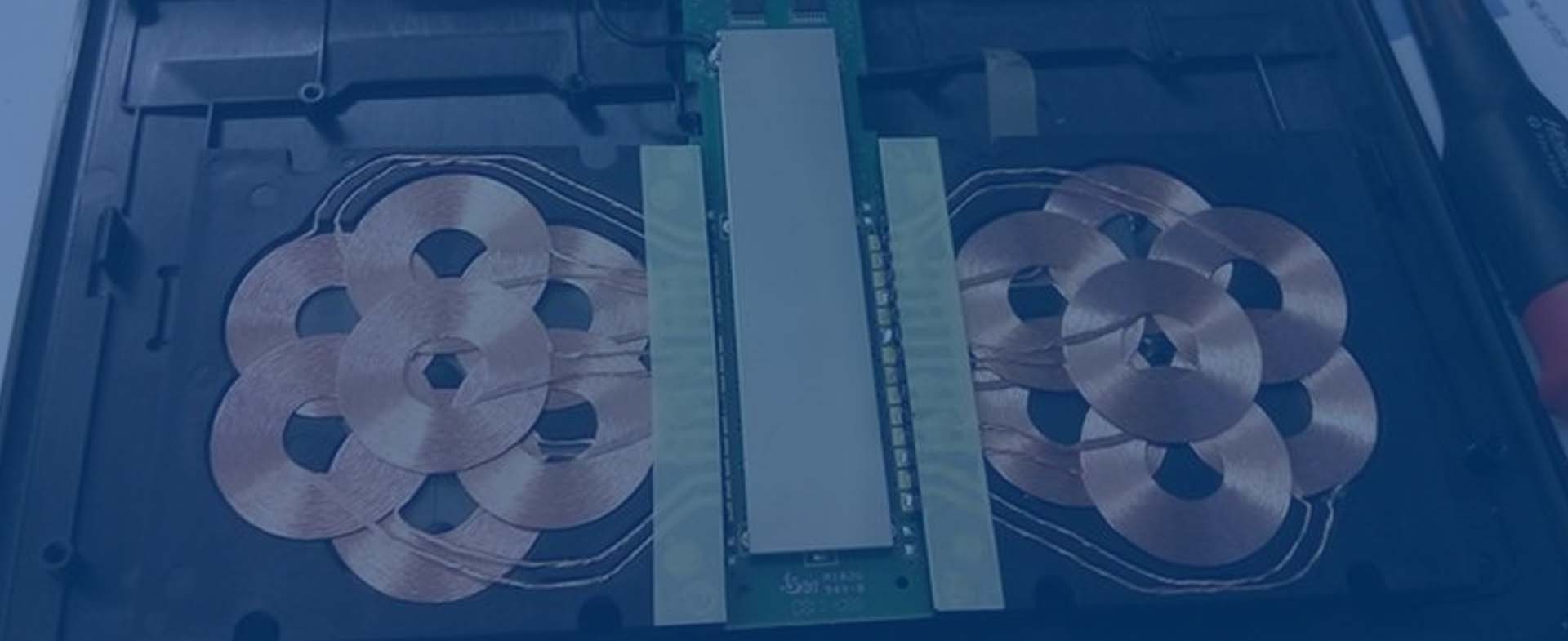
Learn about the latest information
The approval of the NFC wireless charging standard (WLC) is undoubtedly an important market signal. In the future, with more and more IoT devices joining, especially the emergence of more and more miniature low-power IoT devices, wireless charging technology Will become an important trend.
If you are given a wireless charging technology that supports up to 1W charging power, do you think it makes sense!" Indeed, at a time when 40W and 65W wireless fast charging are common, for most consumers, 1W wireless charging power seems too "chicken ribs".
However, there are always striking similarities in history. For example, LPWAN, as a low-power wide-area network technology, solves the power supply problem of billions of low-power IoT terminals. Therefore, from the perspective of technological development, technology should not iterate in the direction of high and high, but should iterate in the direction of cheap and easy to use. This is the real iteration, the useful iteration.
In May 2020, the NFC Forum (NFC Forum), the official organization of NFC(Near Field Communication, Chinese name "Near Field Communication") standards, announced that the new "Wireless Charging Specification" (Wireless Charging Specification, referred to as "WLC") has been approved. According to the explanation of the NFC forum, WLC standard supports the use of an antenna in NFC equipment to realize the combination of communication and charging functions. therefore, at present, only 1W of charging speed can be realized through this solution (WLC standard wireless charging supports four power transmission levels of 250 mW, 500 mW, 750 mW and 1 watt).
Yes, this NFC technology is very well known and widely used NFC, such as the bus card used when taking a bus, the access card used when entering and leaving the community, the bank card used when shopping and paying in shopping malls, and the NFC function attached to smart watches and smart phones. So, let's take a look at today, how does NFC realize the function of wireless charging, and how much market will 1W charging power leverage?
The Market "Change"
the charging process of wireless charging does not require any wired as a power transmission medium, and has even been developed to realize "air-separated" charging without contact, thus greatly improving the charging experience of electronic products.
But despite this, wireless charging has really spread to our lives for nearly 40 years. As early as 1978, American George Bogle opened the first wireless charging use case by charging electric vehicles. The most widely used and most popular wireless charging technology is the "Qi" standard launched by the Wireless Charging Alliance for smart phones, tablets and other devices in March 2010.
The "Qi" standard uses electromagnetic induction technology for power transmission, while NFC uses electromagnetic induction technology for communication, so the seemingly two unrelated functions are actually the same in principle. So it has created three advantages of NFC wireless charging:
the first advantage is that energy transmission and data transmission are combined into one in the hardware circuit of the physical layer, so that some products that do not require high charging power, such as small low-power IoT devices, can be omitted in the design. The traditional Qi charging coil.
The second advantage is that the antenna size of the NFC wireless charging technology is reduced several times compared with the antenna size of the high-power Qi standard wireless charging technology. This is because the Qi standard generally operates at a frequency of 125KHz, while the NFC wireless charging technology operates at a higher frequency of 13.56MHz.
Therefore, the Qi standard antenna size design generally needs 10cm or even longer, but the NFC wireless charging technology antenna size can be reduced to less than 1cm.
The third advantage is that based on the working principle of NFC, it provides more energy to drive some passive devices to meet the needs of more and more passive Internet of Things. For example, smart glasses are currently a track that major equipment manufacturers are vying to seize. As a kind of wearable devices, smart glasses are regarded as an important growth point of future smart technology products by virtue of "liberating" hands, easy operation and smaller size. As early as 2019, the industry introduced devices that support NFC wireless contact charging, which can enable data transmission and charging at the same time.
In the above article, we have already explained the first two advantages of NFC wireless charging: NFC wireless charging enables energy transmission and data transmission to be integrated in hardware, and secondly realizes a smaller antenna size design compared with "Qi" standard. Therefore, the application scenario of NFC wireless charging technology is more worthy of description lies in the support for small low-power Internet of Things devices.
Compared with the "Qi" standard, it is more suitable for large electronic products with higher charging power requirements, such as smart phones, tablets and other larger products. NFC wireless charging also has a clear scope of application for its target devices.
From the very beginning, the WLC specification indicates the main application areas of NFC wireless charging, namely small IoT devices such as smart watches, smart bracelets, wireless headphones, and stylus pens.
In October 2021, the NFC Forum once again optimized the WLC function, approved and passed the wireless charging specification WLC 2.0. The new specification is more conducive to wireless charging of micro Internet of Things devices and consumer electronics in terms of content. It supports smaller wireless sizes and expands the range of consumer devices and Internet of Things devices that can use smart phones and other NFC devices for wireless charging.
For example, a capacitive pen on a tablet computer mostly uses Bluetooth pairing at present, and the steps are more complicated than NFC pairing. In addition, in terms of charging mode, if the traditional wireless charging mode is adopted, first of all, high power is "killing chickens with a knife" for a capacitive pen with petite battery capacity. Secondly, adding coils in the pen body will undoubtedly increase the weight of the pen body and the complexity of the design.
Thin wireless charging mobile power solution
Low power bluetooth headset wireless charging storage solution
Mobile phone dedicated dual-station wireless charging board (15W compatible version)
Smart Phone Wireless Charging Solution
李生
+86 17688669681
E.lee@won-et.com
WONTECH (China):
广东省东莞市凤岗镇竹塘上下围工业路2号海永科技园6-1号 4楼
WONTECH (Korea) :
경기도 화성시 동탄순환대로 878,702호 (동탄 아이티 타워)
WONTECH (Vina):
Lot L5, Noi Hoang Industrial Cluster, Tien Phong Ward, Bac Ninh Province, Vietnam,Bac Giang zip code: 26000
2024 ALL RIGHT RESERVED





